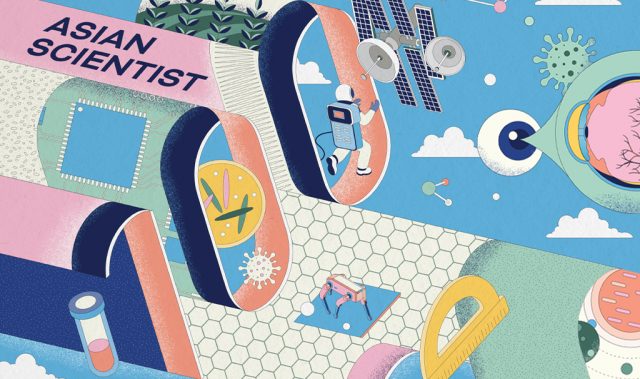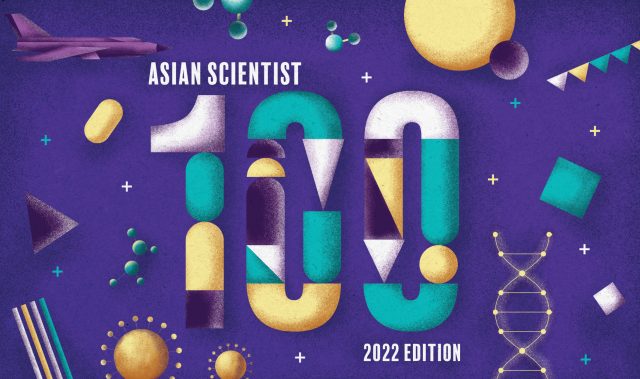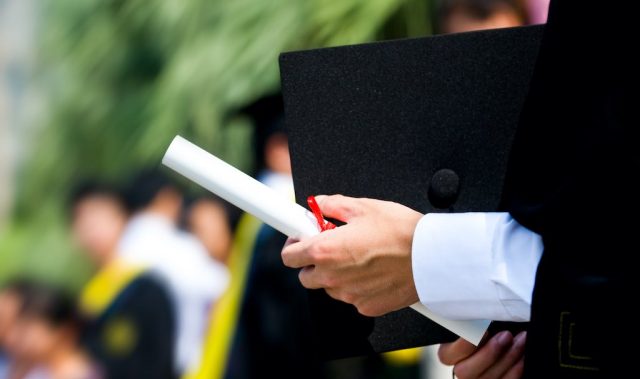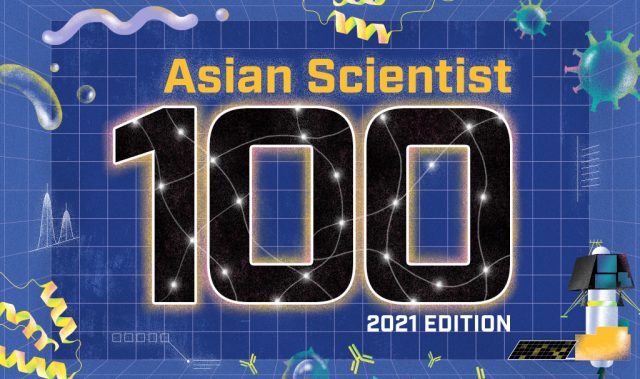
AsianScientist (Jan. 6, 2014) – Japan and China have seen a rise in R&D expenditure, $9 billion and $6.4 billion respectively, from the year 2007-2012.
Results of this new analysis, conducted by researchers from industry and academia, including both medical researchers and economists, appear in the New England Journal of Medicine.
Overall, Asia’s share of biomedical research spending grew from 18 percent to 24 percent. The United States’ global share of biomedical research spending fell from 51 percent in 2007 to 45 percent in 2012. Prior analyses have suggested the United States’ share of global expenditures were once as high as 80 percent.
“The United States has long been a world leader in driving research and development in the biomedical science. It’s important to maintain that leadership role because biomedical research has a number of long term downstream economic benefits, especially around job creation,” said study author Reshma Jagsi, associate professor of radiation oncology at the University of Michigan Health System.
Despite reductions in funding from the US National Institutes of Health, including a 20 percent drop in purchasing power since 2003, the researchers discovered that the United States’ decline was driven almost entirely by reduced investment from industry, not the public sector. This includes support for clinical trials testing potential new therapies.
Jagsi suggests that the drop in investments may boil down to fewer regulations and less expense to conduct research in Asia – cheaper labor costs, government subsidies and a less bureaucratic research infrastructure compared to the United States.
“We were surprised the impact of industry funding was that dramatic, but it’s key to note that government funding is equally important to maintain or grow. Research funded through the National Institutes of Health helps scientists understand how diseases work – this will happen slower as NIH funding continues to be cut,” said study author Justin Chakma, a venture capital investor with Thomas, McNerney & Partners in La Jolla, California.
The article can be found at: Sun G et al. (2014) The Calculus of National Medical Research Policy — The United States versus Asia.
——
Source: University of Michigan; Photo: NWABR/Flickr/CC.
Disclaimer: This article does not necessarily reflect the views of AsianScientist or its staff.











